Reportar esta entrada
Más sobre la misma comunidad-colección
Memorial de la Segunda Guerra Mundial - El Paso, Tejas
The Greatest Generation During this exhibit, discover the ...
Hermano Amedy Long - El Pas, Tejas
Brother Amedy Long (1914-1984) Brother Cecilian Amedy (Joseph ...
Materiales de Escuela - El Paso, Tejas
Textbook Covers, 1960s and 1988 and Drafting Table 1930.The ...
Linea de Tiempo - El Paso, Tejas
Timeline for the Eighth Wall of Giants at the El Paso Museum of ...
William H. Fryer - El Paso, Tejas
William H. Fryer, AFSC (Affiliated Member of the Brother of the ...
Breviario de sacerdote y Alba - El Paso, Tejas
Priest Breviary, 1930s and Alb worn during the Cristero War when ...
Vestimentos del Obispo Anthony Schuler - El Paso, Tejas
Bishop Anthony Schuler’s Vestments (chasuble, mitre, cincture, ...
Ceremonia de la exposición First Steps (primeros pasos) - 2017 - El Paso, Texas
First Steps Exhibit Ribbon Cutting Ceremony - 2017 - El Paso, ...
Chalk the Block 2017 en El Paso
Joshua Elias (me) and my girlfriend Helen, downtown during chalk ...
2017 Junior League Christmas Fair - El Paso, Texas
Pictures at the 2017 Junior League Christmas Fair held on ...
El Paso Police Motorcycle Section, 1917
left to right: E.M. Wilson, M.F. Sherrer, Gus Yarbro, Tom ...
Tarjeta Postal de El Paso Estilo 1950 El Paso, Tejas
Walk into history! You are welcome to stand among the words "El ...
Mapa de El Paso en 1970 El Paso, Texas
Together these blocks make up a 1970 map of the City of El Paso. ...
Tronco de actividad práctica El Paso, Tejas
This trunk and items in it represent what people could bring ...
Tronco de actividad práctica El Paso, Tejas
This trunk and items in it represent what people could bring ...







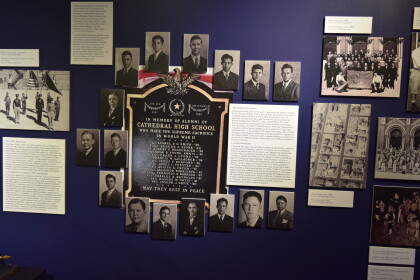
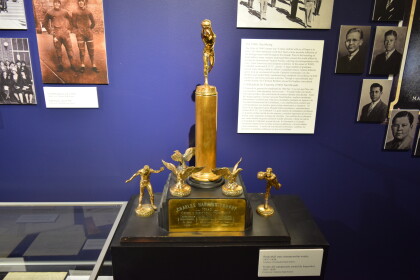
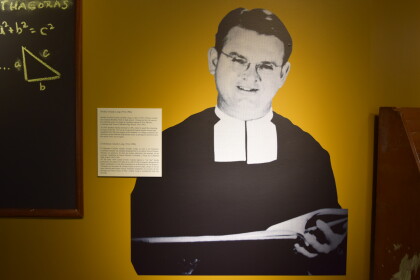
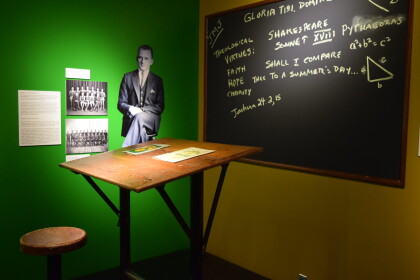
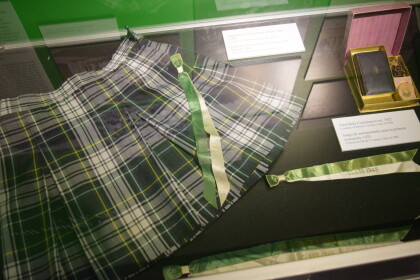
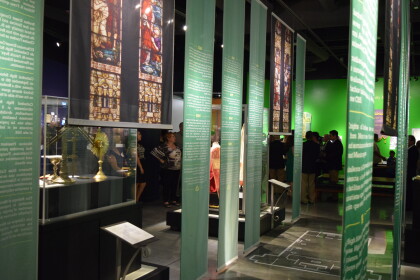
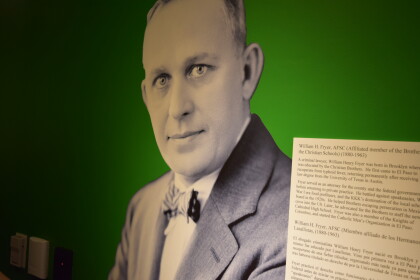
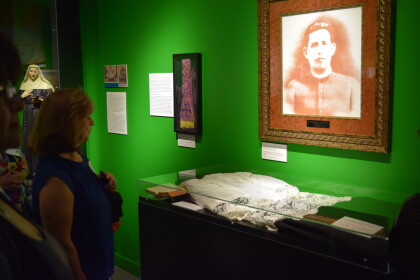
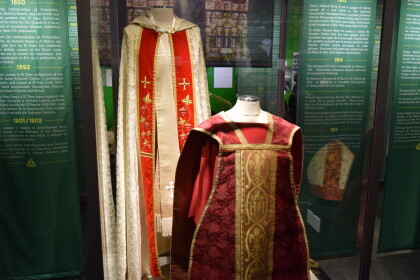
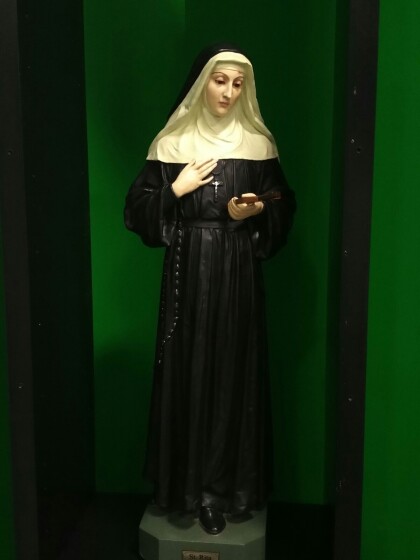
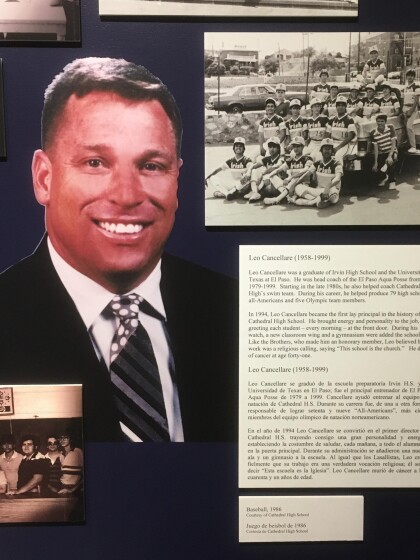

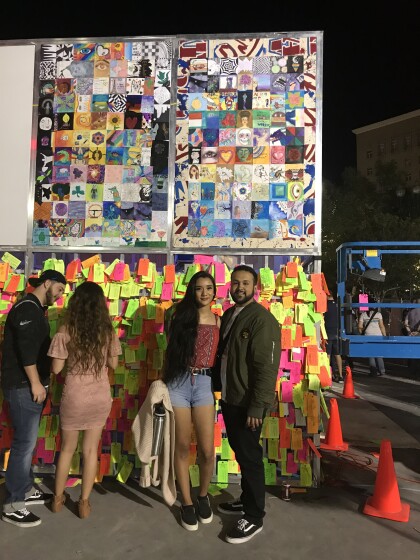





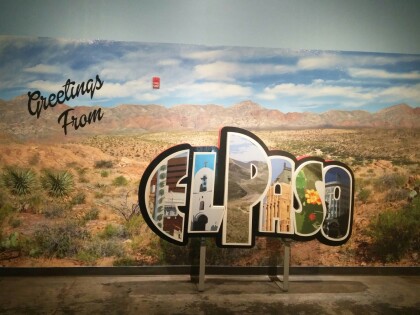
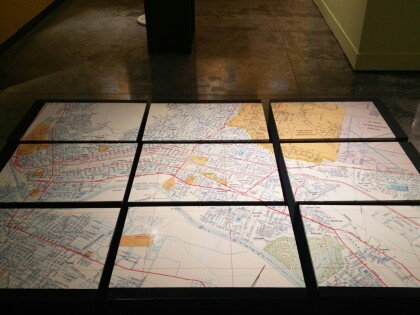
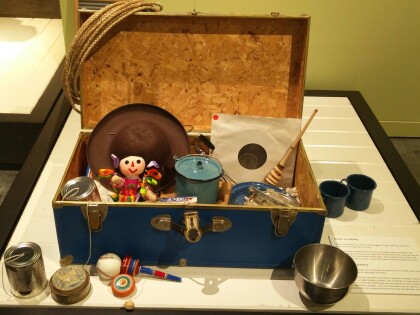
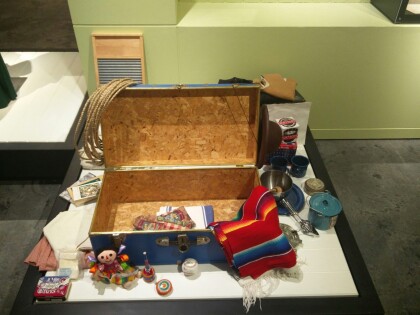
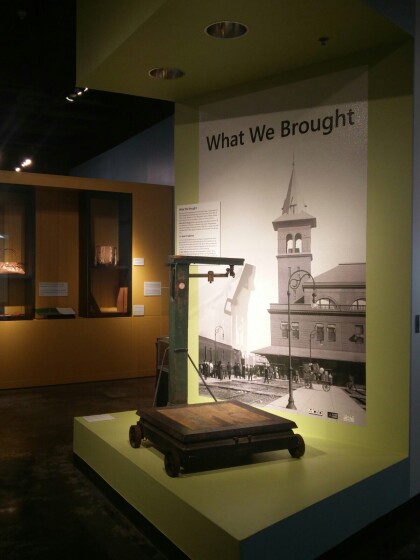
Comentarios
Hacer un comentario